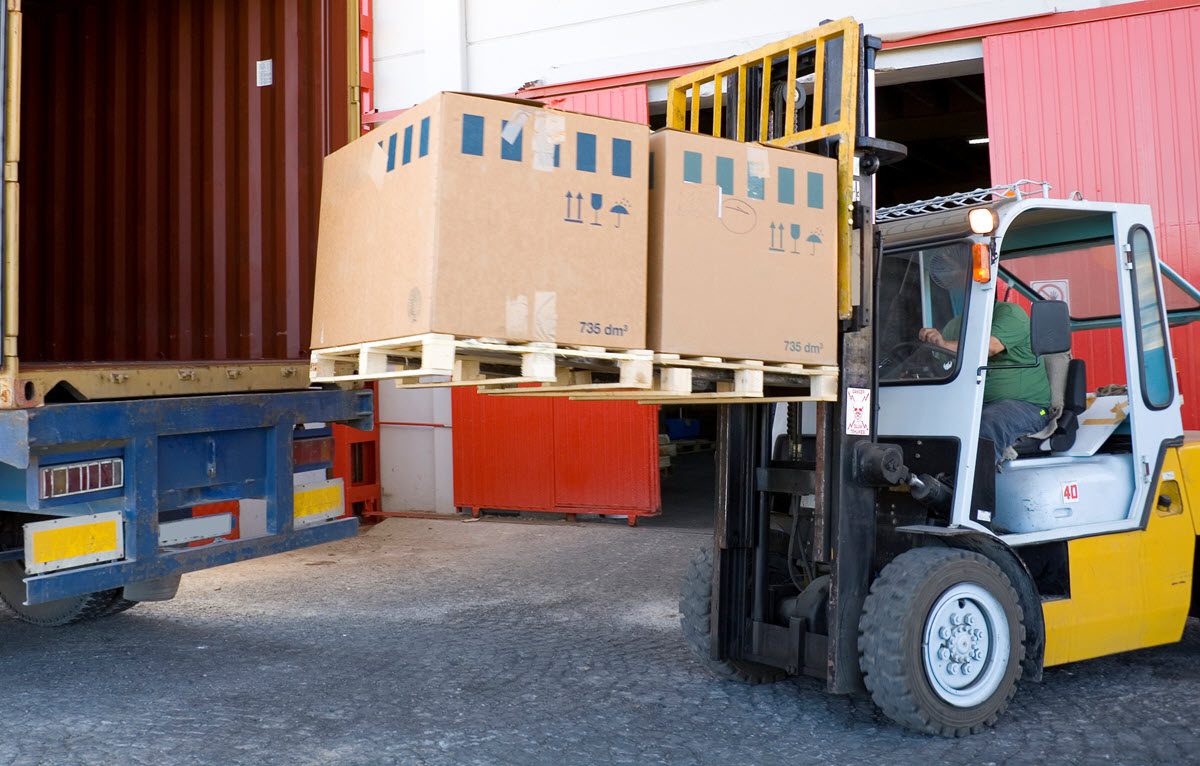I try my best to avoid markets where demand is low, but that gets difficult at this time of year. It’s tough to get to a hot market at a decent rate per mile right now, but before giving in to a less desirable price – or waiting until the market changes – try looking for partial loads.
Most of the time it only takes two partials going to the same area to get a rate that will be much higher than the price for one full truckload running the same lane. And since a lot of small carriers and owner-operators don’t call on partial loads as much as full truckloads, hauling partials is a niche business.

Carving out your niche
The fact that many carriers won’t even bother with partials, also means that there’s less competition for partials than for full truckloads. Less competition is especially important in the slow season.
A broker once told me that he could move a partial faster by posting it as a full truckload for the same rate because carriers just don’t call on partial loads. While shippers and brokers do not expect to pay full truckload rates for partial loads, they also know that if the rate is too low, the carriers won’t mess with that load.
My rule is to start putting the partial load together early in the day. I just need two partials to make it work. My main selling point is stating the time I will deliver.
Here are 3 tips for success:
1. Find partial loads on the load board. I select “partials” when I search for loads on the load board, and then I post my truck for partials. I look for two partial loads that deliver near each other, or two destinations on the same route.
2. Plan trips carefully. If you want to make good money with partials, you’ll need to plan your trips more carefully than you would for full truckload hauls. The hard part is finding a second partial to go with the first one and getting the times to work. Small fleets and owner-operators may not get a lot of flexibility on delivery times, so this can be tricky. But when you’re good at planning, you can use that to your advantage.
3. Stay in your lane. You can improve your success with partials if you focus on one or two lanes that work for you. My favorite lane is the roundtrip between Lexington, KY, and Indianapolis, IN. It’s about 200 miles in each direction, and I often get lucky with a higher-than-average rate going out or coming back. When this lane is dead, full truckload rates will go for about $500 but a partial could easily bring in $400 in the same lane, with next-day delivery.
Chad Boblett is the owner and driver at Boblett Brothers Trucking of Lexington, KY. Chad also founded the Rate Per Mile Masters group on Facebook, a communications hub for more than 23,000 members, including owner-operators, truck drivers, and other transportation and logistics pros.

